Best plant guide book
The best plant guide books help you stay safe from things like poison ivy and also care for your houseplants.
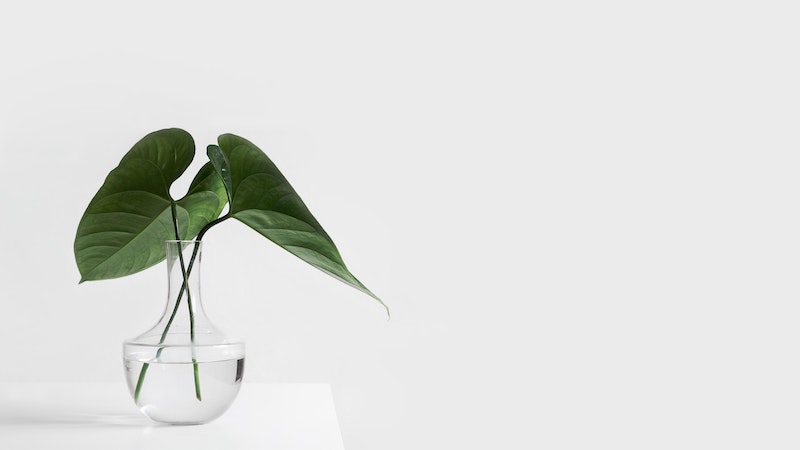
Have you ever been gifted a plant you had no idea how to care for properly? When you walk through the woods or even your backyard, do you know how to distinguish the difference between poison ivy and Virginia creeper?
Botanists, hobbyists, and hikers use plant guide books the world over. Some books focus on the great outdoors and provide crucial information to aid in identifying wildflowers and edible greenery. Other guide books deal with indoor plants, teaching you how to help your potted plants thrive, and what to do about invasive mites and bugs.
When you build a plant guide book library, you'll be able to accurately identify plants so you can learn how to avoid toxic species, find delicious edible greens, and also give the right kind of food and attention to your potted friends at home. These six titles are must-have plant guide books.
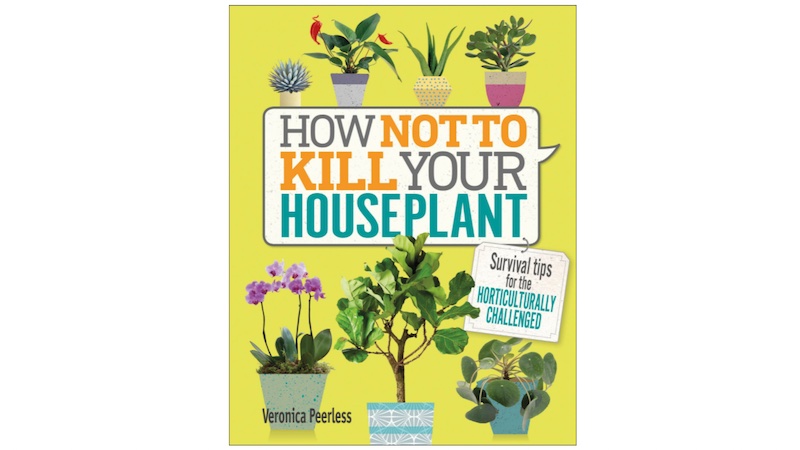
How Not to Kill Your Houseplant: Survival Tips for the Horticulturally Challenged
Best for beginners
This is a short but thorough book about plant identification and maintenance aimed right at those who've had bad luck with houseplants.
Pros:
- Illustrated to help you identify plants
- Teaches you how to treat sick or bug-infested houseplants
- Filled with actionable advice
- Short, easy read
- Extensive plant care instruction
Cons:
- Best for beginners
If you weren't born with a green thumb or you've recently picked up your very first houseplant, you'll need this short instructional handbook by Veronica Peerless. All 144 pages overflow with illustrations and details to help you identify plants and treat disease and infestation. You'll learn how much sun and water your houseplants require, which pests may be a problem and what to do about them, and what plants grow best in your part of the world. If you've adopted a houseplant or have had bad luck with plants in the past, this is the best plant guidebook for you.
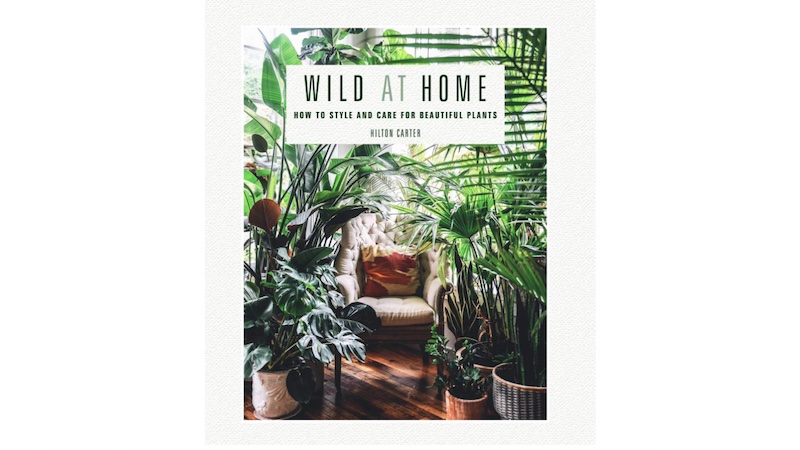
Wild at Home: How to style and care for beautiful plants
Choose the right houseplants and keep them healthy
This book takes you from the basics of identifying and picking out the right plants to more advanced ideas like arranging and repotting.
Pros:
- Gorgeous photos
- Inspirational
- Plant maintenance information
- Plant identification descriptions
Cons:
- Indoor plants only
Hilton Carter's book about indoor plants is brimming with knowledge about feeding, watering, potting, and arranging indoor gardens and individually potted plants. You'll find basic plant identification information, stunning photos, and an abundance of ideas on grouping and displaying your own collection of potted plants and flowers. If you've always wanted a lush garden indoors, this is the best plant guidebook for you.
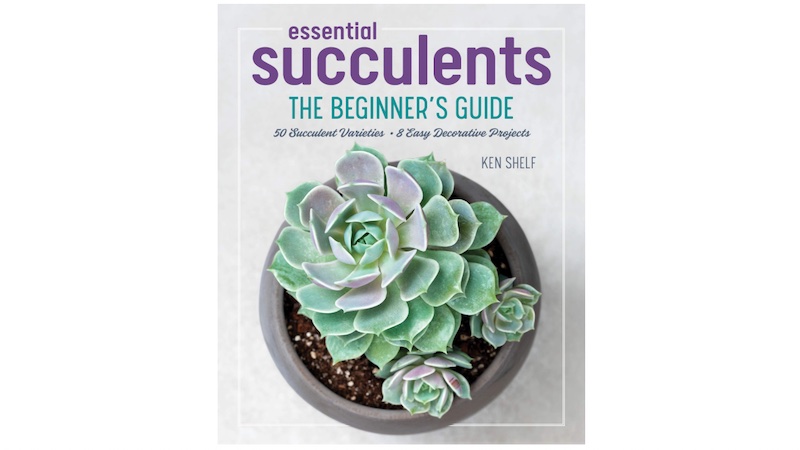
Essential Succulents: The Beginner's Guide
Essential reading for low-maintenance succulent owners
You'll learn to tell one type of succulent from another and how to watch over these low-maintenance plants.
Pros:
- Plant identification information
- Care instruction
- DIY projects included
- Growing advice
- Beautiful photos
Cons:
- List of plants not alphabetical
Succulents are hardy, easy-to-care-for plants often used as decoration and in gardens. That doesn't mean you can treat them all the same, though. Ken Shelf's succulent bible will give you the know-how to treat your plants right. You'll also get a list of 50 of the easiest-to-grow succulents, DIY projects, and guidance on how to start developing an indoor container succulent garden and an outdoor garden. If you want to learn everything there is to know about succulents, toss this book in your cart now.
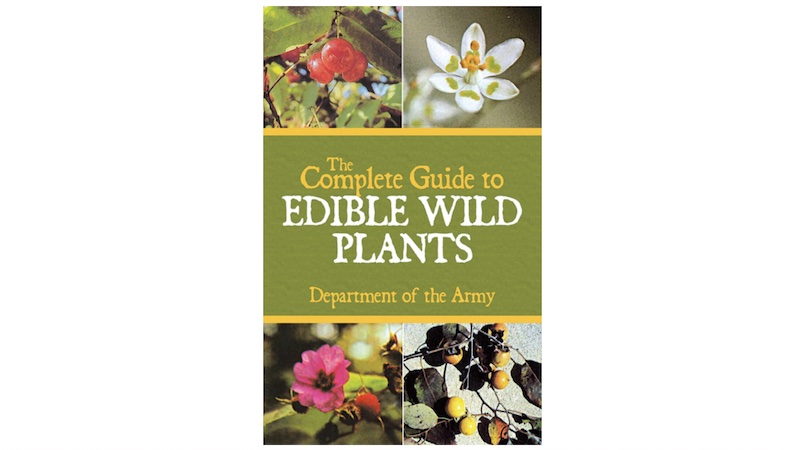
The Complete Guide to Edible Wild Plants
How to stay safe in the wild
Get schooled about which plants are edible in your yard and the great outdoors.
Pros:
- Excellent descriptions
- Teaches you the edible parts of wild plants
- Gorgeous color photos
- Great tool for kids and adults
Cons:
- Native U.S. plants only
You needn't be a survivalist to gain essential knowledge about edible plants found in the wild. This helpful book from the Department of the Army describes the habitat and distribution of various edible plants in great detail. Pictures are scattered throughout the book to help you identify plants and discern which part of each plant can indeed be eaten. If you spend time outdoors or want a better understanding of nature, this is a valuable tool and a fun read for kids and adults.
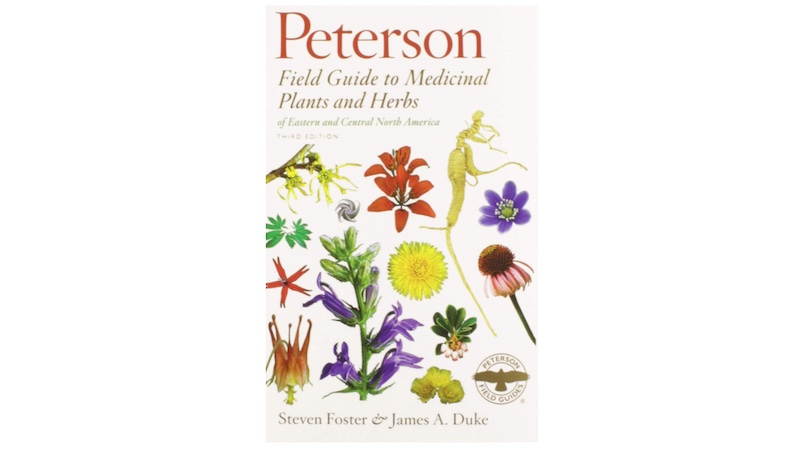
Peterson Field Guide to Medicinal Plants & Herbs of Eastern & Central N. America: Third Edition
Heal thyself
You'll find the hidden healing secrets of herbs and plants within these pages.
Pros:
- 530 plants featured
- Extremely detailed information
- Lists benefits and hazards
- More than 700 photos included
- Plants organized by color for easy identification
Cons:
- Small font
Medicinal plants are used in OTC supplements you may have in your medicine cabinet. Or perhaps you've taken ginger or peppermint for a queasy stomach. Steven Foster's book is a page-turner, giving you advanced information on the study of medicinal plants and their uses throughout history. Each plant is arranged by color, so identification is dead-simple. You'll learn not only about the benefits of natural treatments but also who should and shouldn't use a particular flower or plant.
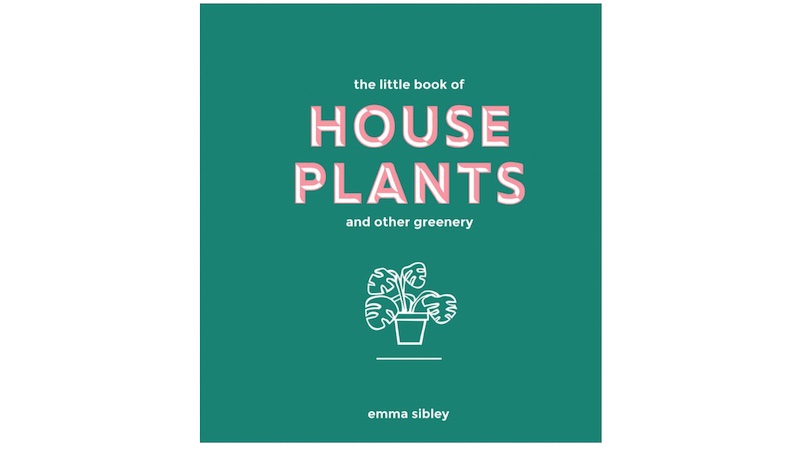
Little Book of House Plants and Other Greenery
For newbies and seasoned gardeners
A beautiful little book that contains everything you need to identify and keep houseplants safe.
Pros:
- Educational
- Perfect for newbies and advanced plant lovers
- Features a wide variety of houseplants
- Beautiful photos
Cons:
- A compact guide
This lovely little book from Emma Sibley has valuable information for new indoor gardeners and seasoned botanists alike. You'll find 60 of the most popular varieties of foliage included, along with pictures and identification markers. By the time you've turned over the last page, you'll have learned everything there is to know about nurturing your plants and how to help them thrive year-round.
Knowledge is the key
Whether you're a seasoned gardener, houseplant lover, wilderness enthusiast, or new to the wonderful world of botany, plant guidebooks are a necessity. Keeping plants alive and healthy has always been a problem for me, and that's one of the many reasons How Not to Kill Your Houseplant: Survival Tips for the Horticulturally Challenged is our top pick. With this spot-on guide, you'll get a good understanding of how to identify problems with your houseplants before they happen and how to heal them when they get sick.
If you're new to the world of herbs and plants, you'll love the Peterson Field Guide to Medicinal Plants and Herbs of Eastern & Central N. America. This is a detailed book about the healing power of plants that also lists the pros and cons of using plants medicinally.
And if you have a little experience with indoor foliage and want further your education, the Little Book of House Plants and Other Greenery is a beautiful, short book that details the easiest indoor plants.
Why trust us?
At GardeningEtc, we recommend the best products to enhance your life. As expert curators, we handpick products based on quality and usefulness to positively impact your day-to-day, from cart to doorstep. We take our responsibility seriously — testing products, reading reviews, and sourcing knowledgeable outlets to ensure our selections are worthy of your time and money. We deliver detailed product overviews, balancing objective information with subjective opinions, so making the best choice for your home and lifestyle is as easy as possible.
Jodi Owan works behind a keyboard and camera. With over 20 years of experience writing for print magazines and popular websites online, she writes reviews, buyer guides, and outdoor adventure. When home, she kicks up her feet in the Midwest with two dogs and can often be found hiking or climbing or with her head in a book.
